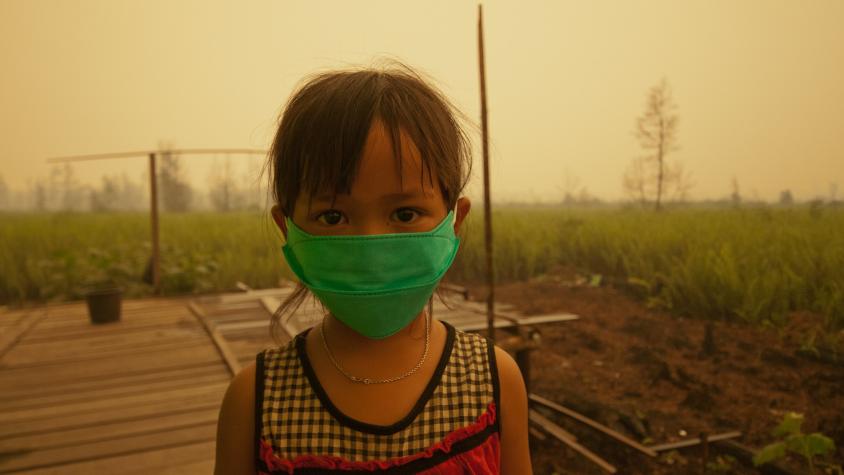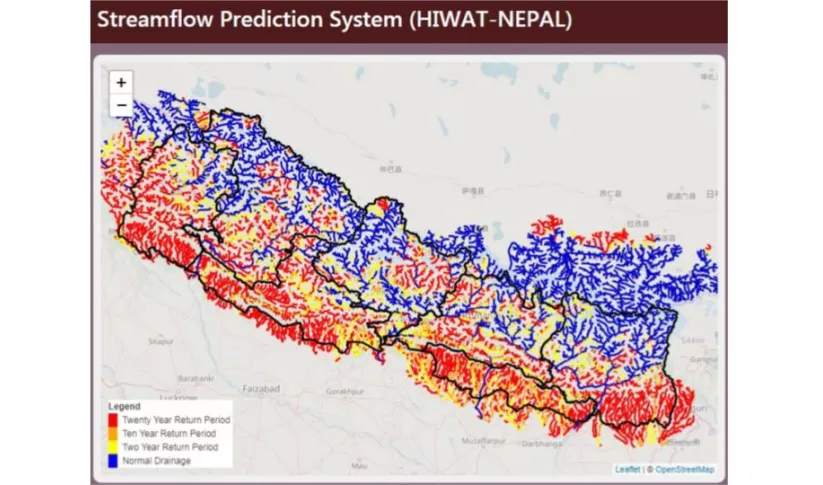Air Quality Monitoring for Sustainable Landscapes and Better Human Health

Air Quality Monitoring for Sustainable Landscapes and Better Human Health aims to reduce greenhouse gas emissions, improve climate resilience and promote better human health by using air quality data for informing and regulating the management of agricultural burning.
The service builds on the success of the Mekong Air Quality Explorer decision support tool which has two primary functionalities, namely fire hotspot detection and air quality monitoring, and expands the geographic extent to cover Southeast Asia.
The improved Air Quality Explorer decision support tool will include other atmospheric parameters in addition to PM2.5. Greenhouse gasses such as Carbon Monoxide (CO), Carbon Dioxide (CO2), and Methane (CH4) which contribute to climate change will be included. The inclusion of other gasses also addresses transboundary haze pollution.
Rationale
Air pollution impacts human health, wellbeing, and the economy. Southeast Asia accounted for over 230,000 deaths and over 290 million days lived with illness from poor air quality (PM2.5) in 2019 according to the World Bank. Globally in 2019, the total economic cost from poor air quality was estimated to be over USD 8 trillion dollars, surpassing 6.1% of the global annual GDP.
-
Users
ASEAN Member States (AMS)
Thai Pollution Control Department (PCD)
Laos Ministry of Natural Resources and Environment (MONRE)
Geo-Informatics & Space Technology Development Agency (GISTDA)
United Nations Economic and Social Commission for Asia and the Pacific (UNESCAP)
-
External Resources
-
SERVIR Strategic Plan 2020-2025

This strategic plan identifies the next set of cross-cutting strategic priorities that will ensure SERVIR remains responsive to both NASA and USAID Agency goals and those of stakeholders and users in SERVIR regions.
-
Use Case: Nepal Department of Hydrology and Meteorology (DHM)

The Nepal DHM is the national agency responsible for monitoring and managing the hydrological resources of Nepal. This Use Case describes how they used the SERVIR Enhancing Flood Early Warning Services (EWS).


